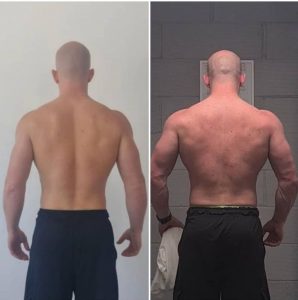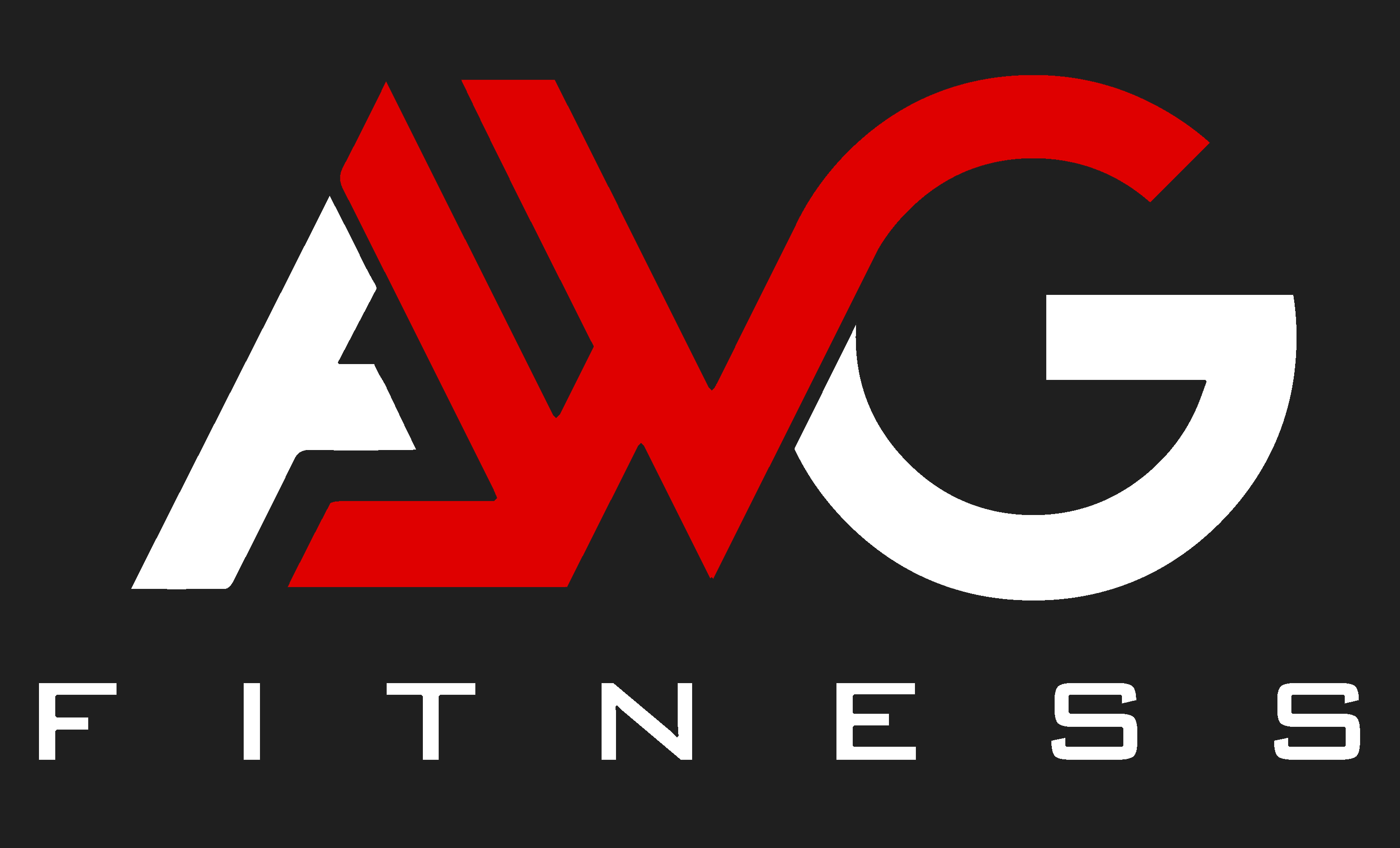Table of Contents
Building muscle can seem difficult. You may wonder: How do I ensure I’m doing it right? Will I see results? Is all the effort worth it?
I’ve been there too. Throughout my muscle-building journey, I learned that while growth requires dedication, the rewards are immense for aesthetics, confidence, strength, and overall health.
In this post, I’ll talk about the science of muscle building and provide the most successful ways I’ve uncovered. I hope to motivate you to take on this exciting endeavour while providing you with the knowledge you need to succeed. Let’s get started.
Understanding the Basics of Building Muscle
Before getting into particular approaches, it is critical to understand the foundations. Here’s an overview of muscle development and the function training plays.



How Muscles Grow Through Hypertrophy
Muscle growth happens through hypertrophy, which is the expansion of muscle cells. When we use resistance training, we cause little rips in the muscular tissue. The body subsequently heals the tears by uniting muscle fibers and forming new protein strands.
The inclusion of contractile proteins extends the fibers, resulting in increased muscle growth and strength. It’s a slow process, but training produces astounding results over time.
The Role of Resistance Training in Building Muscle
Resistance training provides the stimulus that drives hypertrophy. Challenging muscles with added weight or tension signals the body to adapt by getting bigger and stronger.
Certain types of training are better than others for building mass. Compound exercises that work for multiple muscle groups – like squats, deadlifts, and pull-ups – are ideal. The key is progressive overload – gradually increasing muscle demands over time.
Importance of Nutrition for Muscle Growth
You can only grow muscle with the proper nutrition. Protein provides amino acids to construct new muscle proteins. Carbs supply energy to fuel workouts. And healthy fats support hormone function.
With proper fuel, training efforts will stay upright. Nutrition and exercise work synergistically – rapid growth is possible when combined correctly.
Designing an Effective Training Routine

With the basics covered, let’s explore how to design a muscle-building workout routine. The following training principles are essential for results.
Choosing the Right Exercises
The first step is selecting appropriate exercises. As mentioned, compound movements involving multiple joints are ideal. Examples include squats, deadlifts, bench presses, and rows.
But don’t neglect isolation exercises, either. Bicep curls, lateral raises, and leg extensions help develop individual muscle groups. Varying your routine provides complete, proportional growth.
Setting the Appropriate Number of Sets and Reps
Next comes determining your sets, reps, and weight loads. The 6-12 rep range with moderate weight is optimal for muscle growth. It provides sufficient tension while allowing for increased volume.
Aim to take each set close to failure – where you couldn’t do another rep with good form. Leaving 1-2 reps “in reserve” helps prevent injury and overload.
Structuring Your Workouts to Avoid Overtraining
With heavy lifting, rest is just as critical as work. Allow at least one full day between training the same muscle groups. Sessions over 90 minutes can be counterproductive.
Listen to your body and reduce volume when needed. Symptoms like exhaustion, irritability, and decreased performance may indicate overtraining. Take a break rather than push through.
Using Advanced Training Techniques
Once comfortable with the basics, explore advanced methods like supersets, drop sets, and eccentric training. These techniques provide new stimuli to shock muscles into continual growth.
But use them judiciously – save high-intensity methods for when a plateau occurs. Variation prevents adaptation while enabling progressive overload over time.
Fueling Your Body to Maximize Muscle Growth
No workout routine will build muscle without proper nutrition. Here are diet strategies for supporting rapid hypertrophy:
Consuming Enough Calories for Growth
Gaining size requires a caloric surplus. Aim for 300-500 extra calories per day over your maintenance needs. Apps and calculators help determine this number.
The bulk of these calories should come from protein and carbs. But pay attention to healthy fats – they support hormone functions crucial for growth.
Getting Sufficient Protein for Muscle Repair
For protein, target 0.5-1 gram per pound of body weight daily. Focus on high-quality sources like whey, casein, eggs, poultry, and lean beef.
Spread intake throughout the day – 20-40 grams per meal. Quick-digesting proteins are ideal post-workout, while casein provides overnight muscle nourishment.
Choosing Quality Carb Sources for Energy
Carbs fuel high-intensity training while replenishing muscle glycogen. Choose complex carbs like rice, sweet potatoes, oats, and quinoa over processed sources.
Save simple carbs for intra and post-workout when faster absorption is beneficial. Time intake correctly to maximize energy.
Incorporating Healthy Fats
Don’t overlook fats – they provide calories, assist hormone production, and support overall health. Nuts, olive oil, avocados, and fatty fish like salmon contain muscle-building fats.
Aim for 0.4-0.5 grams per pound of body weight from a mix of saturated and unsaturated sources. But excess calories from fat can lead to unwanted weight gain.
Strategic Use of Nutrition Timing

Nutrient timing around workouts is critical. Consume carbs and protein pre and post-training when absorption is heightened. Casein or cottage cheese at night enhances overnight recovery.
Avoid prolonged fasting between meals – eat every 3-5 hours to enable muscle protein synthesis all day. Proper timing drives results.
Optimizing Recovery and Rest for Muscle Growth
After intense resistance training, muscles need time to repair and grow. Optimizing rest and recovery accelerates the growth process:
Ensuring Adequate Sleep Duration
Sleep is when growth occurs. Aim for 7-9 hours per night. Sleep deprivation hampers hypertrophy by reducing testosterone and increasing cortisol. Make sleep a priority.
Taking Rest Days Between Training Sessions
Rest days are non-negotiable. Leave 48 hours between working the same muscle groups. This allows complete protein turnover and restoration in fibers.
Active recovery via light cardio improves blood flow to enhance the process. Schedule rest intelligently to prevent overtraining.
Utilizing Active Recovery Strategies
Active recovery during downtime facilitates repair. Try light cycling, yoga, gentle stretching, foam rolling, and massage. Increased circulation delivers nutrients while removing waste.
These activities also reduce post-exercise soreness. Low-intensity training on off days quickens recovery.
Focusing on Hydration and Nutrition
Hydration is imperative – drink ample water and replenish electrolytes lost through sweat. Refuel with protein and carbs post-training when nutrient uptake peaks.
Recovery nutrition initiates the growth and remodeling process during downtime. Pay attention to proper fuel.
Avoiding Overtraining to Maximize Gains
Overtraining halts progress in its tracks by exhausting the central nervous system. Listen to your body and take a break or reduce volume when needed.
Vary your program over time to avoid stagnation. The most effective plans balance intense and easy days to enable super-compensation.
Additional Tips and Strategies for Muscle Growth
Let’s cover a few final techniques to enhance your gains further:
Trying Evidence-Based Supplements
Certain supplements can provide an edge when bulking up. Branched-chain amino acids, beta-alanine, and, of course, creatine all have research supporting their benefits.
Follow dosage guidelines and view supplements as additions to a healthy diet, not replacements. Speak with a professional before starting.
Adjusting Strategies Over Time
Track measurements like weight, body fat, and lifts to gauge progress. If you gain a stall, change your workout split, increase calories, or add new exercises.
Patience is vital – growth is a slow process. Stick with what works, then tweak variables to drive further improvement.
Optimizing Workouts for Your Goals
Men naturally carry more muscle than women. So, training for sheer mass versus sculpting lean tissue requires different approaches. Adjust sets and rep ranges accordingly.
Likewise, an ectomorph body type may need more volume than an endomorph for equal growth. Cater programs to your physiology.
Building Muscle Effectively at Home
Constructing an effective home gym is possible. Use heavy dumbbells, resistance bands, and body weights for a complete routine. The stimulus is what counts.
Without machines, be extra diligent with form. Record workouts to check technique. Safety first.
Conclusion and Final Tips
In the end, building muscle comes down to three key components: training right, eating, and allowing adequate recovery. Through dedicated progressive resistance training that challenges my muscles, completing exercises with proper form, fueling my body based on science-backed guidance, and supporting the muscle recovery and growth process through rest, I’ve achieved significant gains – on my timetable.
Muscle building requires comprehensive effort across training, nutrition, and lifestyle. But with patience and hard work, I’m proving anyone can make remarkable, lasting improvements.
While genetics impact results, dedication and consistency pay far greater dividends than any inherited gifts alone could. After all, building muscle takes time, energy, and continued perseverance.


